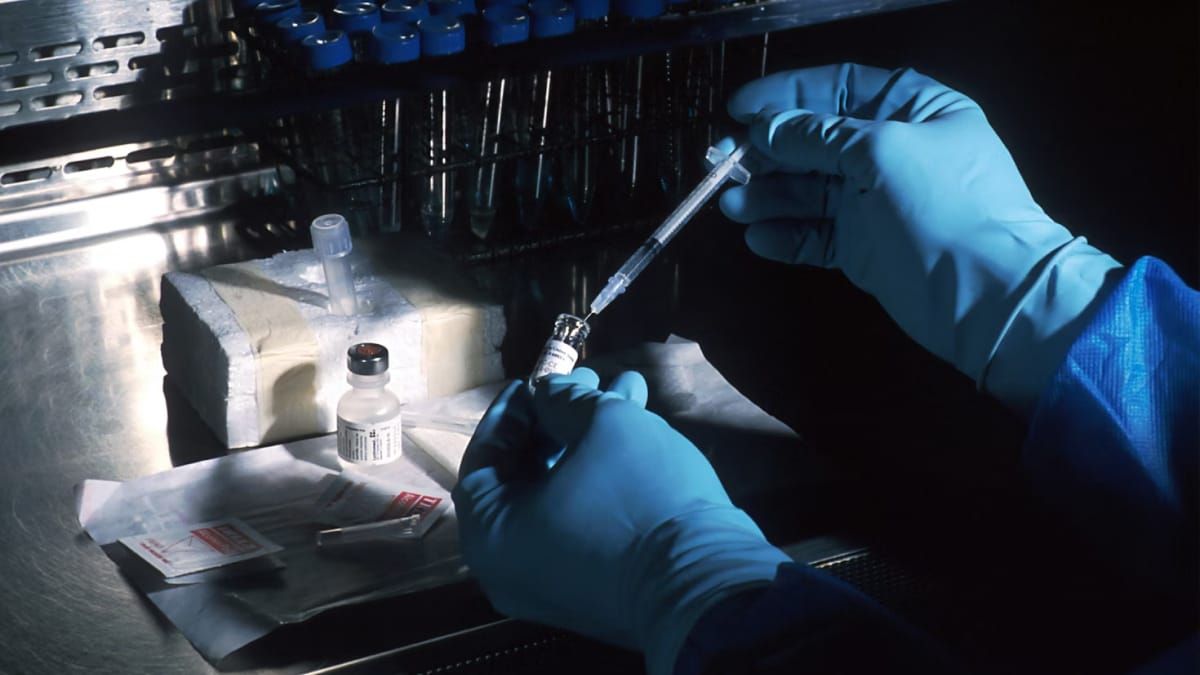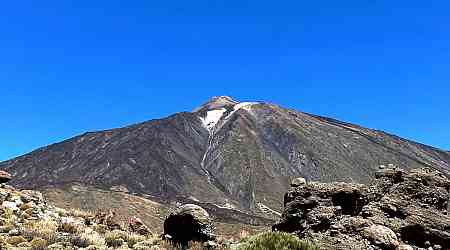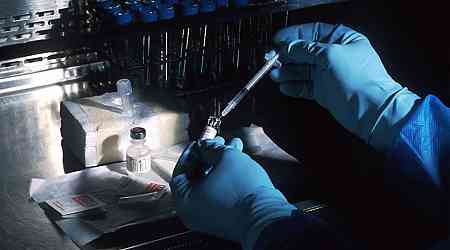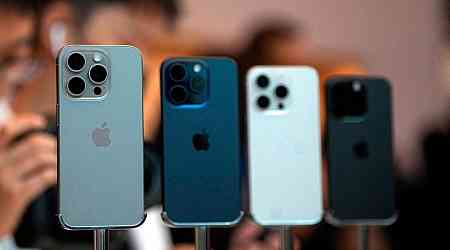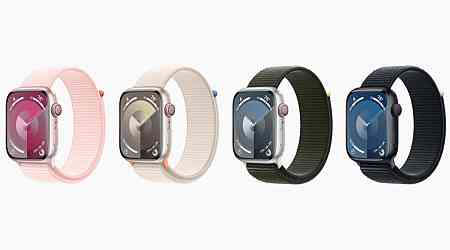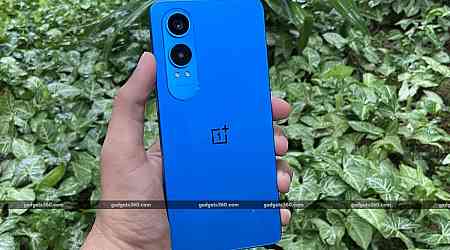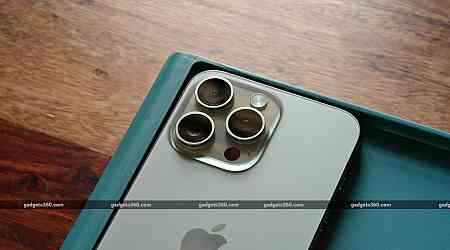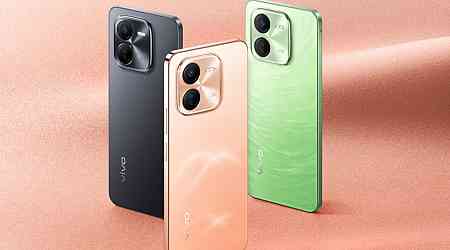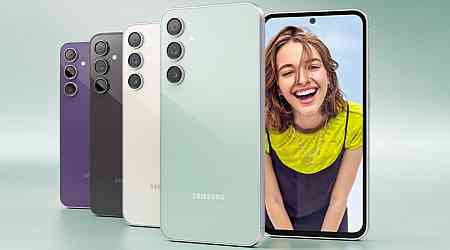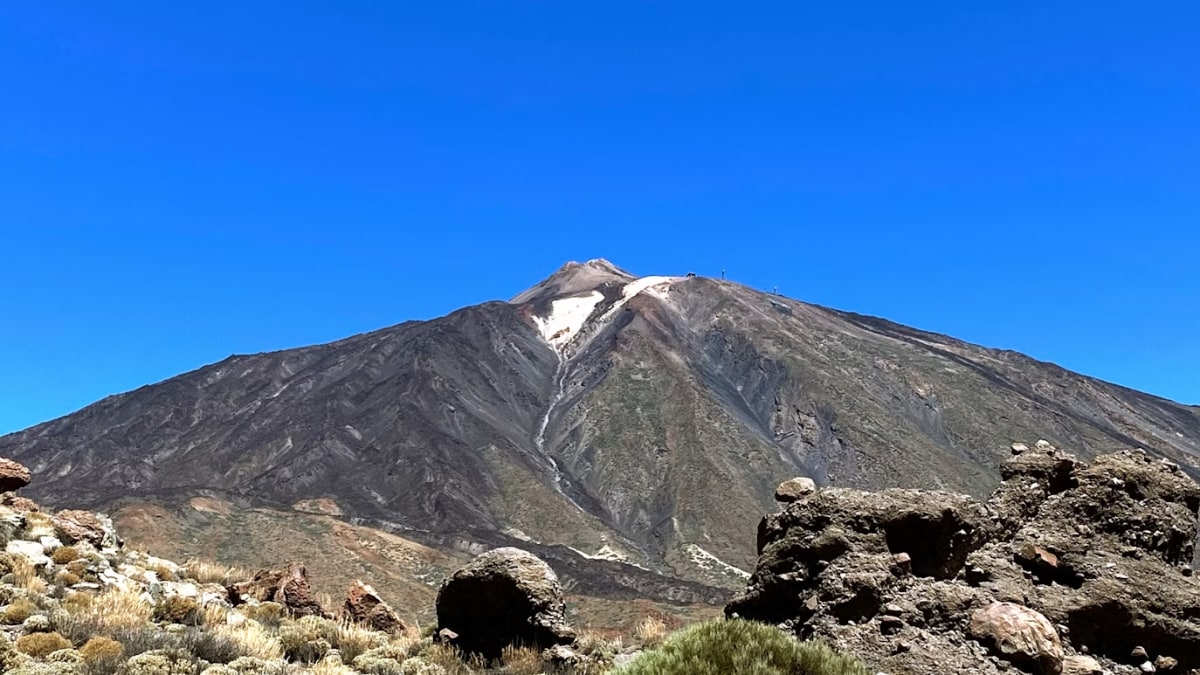Scientists have found a way to make mouse skin temporarily transparent by using a common food dye. A team led by Zihao Ou, Assistant Professor of Physics at the University of Texas at Dallas, applied a solution containing tartrazine, a yellow food colouring, to the skull and abdomen of live mice. This allowed them to observe the internal organs and blood vessels of the animals without performing any surgery. Once the dye solution was removed, the skin returned to its normal state without harming the mice.
Optical Physics Behind the Process
The transparency of the skin is achieved by a combination of water and the food-colouring tartrazine, also known as FD&C Yellow No. 5. The dye alters the skin's refractive index, allowing light to pass through more easily by reducing light scattering. This process allows the skin to become see-through in a manner similar to how fog dissipates.
Observing Organs and Brain Function
Researchers used the dye to observe blood vessels just beneath the skull, along with the mouse's internal organs and muscle contractions in the abdomen. The process does not involve incisions or any physical damage to the skin or bones, making it a groundbreaking tool for biomedical research. The transparency appears within minutes, similar to how facial creams work by diffusing molecules into the skin.
Future Applications of the Technique
The breakthrough could revolutionise fields such as biomedical imaging and healthcare, providing non-invasive ways to observe internal body structures. If successful in humans, it could be used in medical procedures like blood draws by making veins more visible. This study, conducted at Stanford University, highlights a significant step forward in medical research.


















